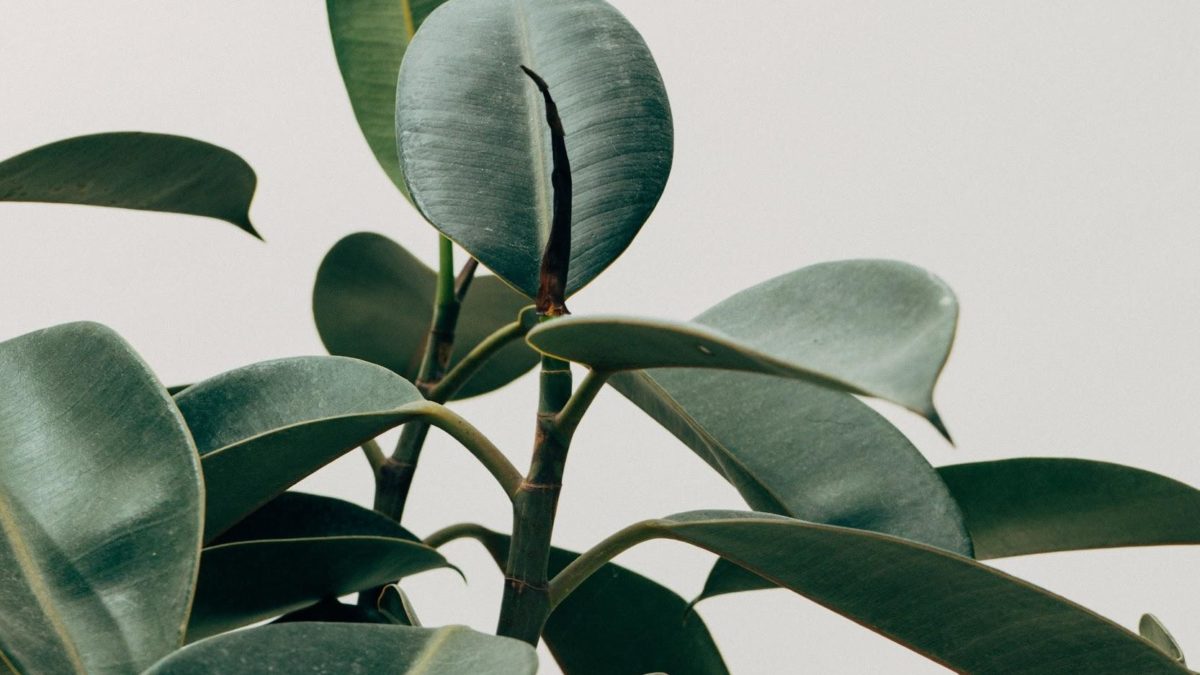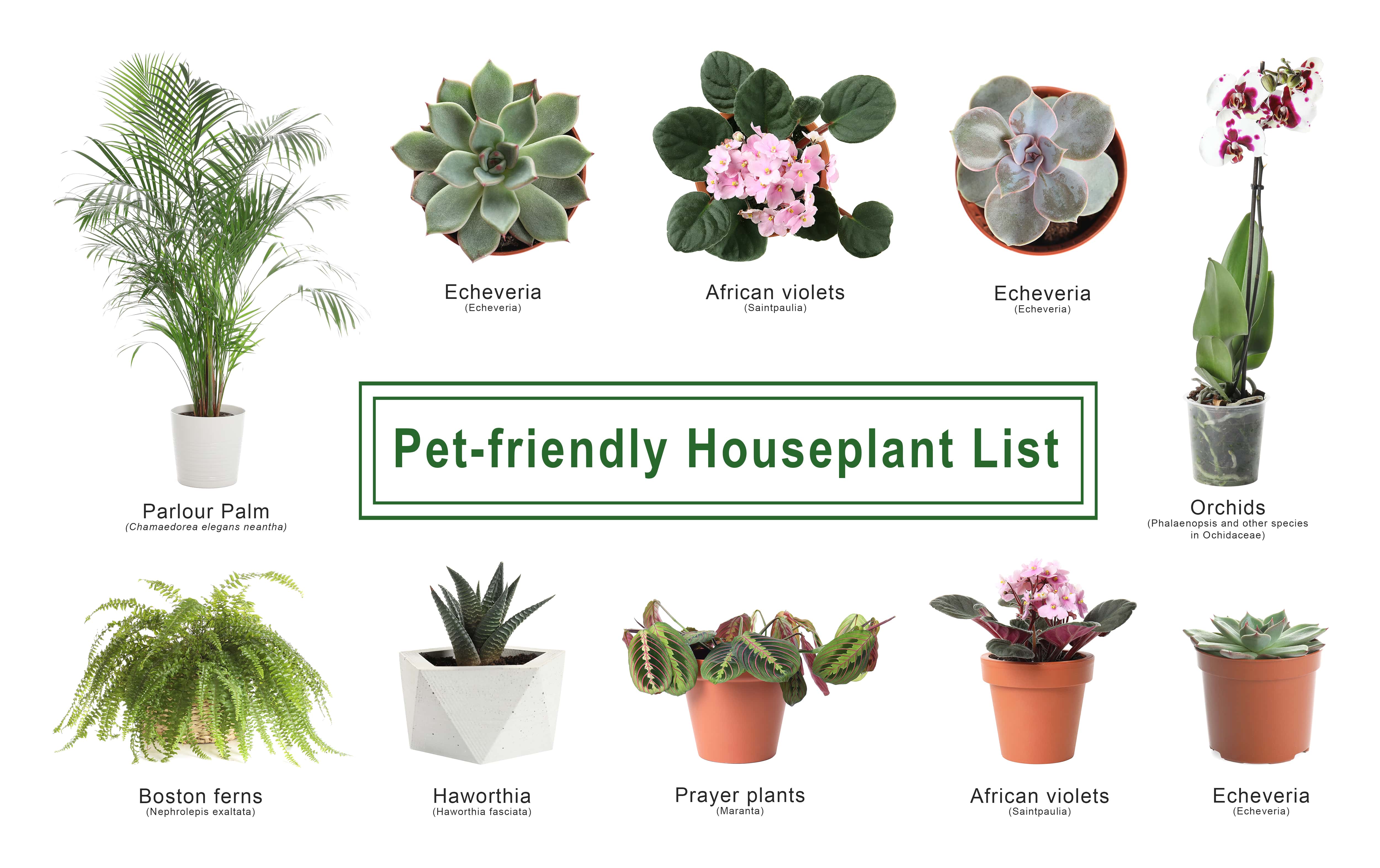Bringing the Outdoors In: Choosing Pet-Friendly Indoor Plants

The best indoor plants for pet owners - Our furry friends bring joy and companionship to our homes, and indoor plants add a touch of nature's beauty. However, bringing these two elements together requires careful consideration. Not all plants are safe for pets, and some can pose serious health risks. Choosing pet-friendly indoor plants is crucial for ensuring the well-being of your beloved companions.
The ingestion of toxic plants can lead to a range of symptoms in pets, from mild gastrointestinal upset to more severe reactions like respiratory distress, skin irritation, and even organ damage. The severity of the reaction depends on the plant, the amount ingested, and the individual pet's sensitivity. It's essential to be aware of the potential dangers and to select plants that are safe for your furry friends.
Identifying Toxic Plants
The ASPCA (American Society for the Prevention of Cruelty to Animals) and the Pet Poison Helpline maintain comprehensive lists of toxic plants. These resources provide valuable information about the specific plants to avoid and the symptoms associated with their ingestion.
- Common Toxic Plants: Many popular houseplants, such as lilies, azaleas, and philodendrons, contain toxins that can be harmful to pets.
- Symptoms of Toxicity: Signs of plant poisoning can include vomiting, diarrhea, drooling, lethargy, loss of appetite, difficulty breathing, and skin irritation. If you suspect your pet has ingested a toxic plant, contact your veterinarian or the Pet Poison Helpline immediately.
Safe and Non-Toxic Plants

Bringing greenery into your home can be a beautiful way to improve your mood and air quality, but it's important to consider the safety of your furry friends. Choosing pet-friendly plants is essential to ensure a harmonious and healthy environment for both you and your pets.
Non-Toxic Plants for Pet Owners, The best indoor plants for pet owners
There are many plants that are safe for cats and dogs, offering a wide range of options for your indoor garden. These plants are a great choice for pet owners who want to add some greenery to their homes without worrying about their furry friends getting into trouble.
| Plant Name | Common Name | Toxicity Level | Description |
|---|---|---|---|
| Aspidistra elatior | Cast Iron Plant | Non-toxic | Known for its hardiness and ability to tolerate low light conditions, this plant features dark green, sword-shaped leaves. |
| Chlorophytum comosum | Spider Plant | Non-toxic | This popular houseplant produces long, arching stems with small plantlets that resemble spiders. |
| Peperomia obtusifolia | Baby Rubber Plant | Non-toxic | This small, easy-to-care-for plant features thick, waxy leaves that come in a variety of colors and patterns. |
| Tradescantia zebrina | Wandering Jew | Non-toxic | Known for its vibrant, striped leaves, this trailing plant adds a touch of color and texture to hanging baskets or shelves. |
Examples of Pet-Friendly Plants and Their Care Requirements
- Spider Plant (Chlorophytum comosum): This easy-to-care-for plant is known for its air-purifying properties and tolerance for various light conditions. It thrives in bright, indirect light and prefers well-draining soil. Water when the top inch of soil is dry.
- Cast Iron Plant (Aspidistra elatior): This incredibly resilient plant can tolerate low light, infrequent watering, and neglect. It prefers indirect light and well-draining soil. Water only when the soil is completely dry.
- Parlor Palm (Chamaedorea elegans): This elegant palm adds a tropical touch to any room. It thrives in bright, indirect light and prefers moist but well-draining soil. Water when the top inch of soil is dry.
Non-Toxic Plants with Diverse Shapes, Sizes, and Colors
Here are some additional non-toxic plants that offer a variety of shapes, sizes, and colors to enhance your indoor aesthetics:
- Prayer Plant (Maranta leuconeura): Known for its striking foliage that folds up at night, resembling hands in prayer, this plant features colorful patterns and textures. It thrives in bright, indirect light and prefers moist but well-draining soil. Water when the top inch of soil is dry.
- Calathea (various species): This genus of plants is renowned for its stunning, patterned leaves that come in a wide range of colors and shapes. They prefer bright, indirect light and consistently moist soil. Water when the top inch of soil is dry.
- African Violet (Saintpaulia ionantha): These delicate plants feature velvety, colorful flowers that bloom year-round. They prefer bright, indirect light and well-draining soil. Water when the top inch of soil is dry, avoiding getting the leaves wet.
- Peace Lily (Spathiphyllum): This popular houseplant is known for its elegant white flowers and ability to purify the air. It thrives in bright, indirect light and prefers moist but well-draining soil. Water when the top inch of soil is dry.
Plants with Potential Risks

While many indoor plants offer beauty and air-purifying benefits, some pose risks to our furry companions. It's crucial to be aware of these plants and take precautions to ensure the safety of your pets.
Identifying Toxic Plants
Identifying potentially toxic plants is essential for pet owners. Many common indoor plants contain substances that can cause various symptoms in pets, ranging from mild irritation to severe illness.
Common Indoor Plants Toxic to Pets
Here's a list of common indoor plants that are toxic to pets:
- Lilies (Lilium and Hemerocallis species): All parts of lilies are highly toxic to cats, even small amounts can cause severe kidney failure. Symptoms include vomiting, lethargy, loss of appetite, and increased thirst.
- Sago Palm (Cycas revoluta): This plant is highly toxic to both cats and dogs, containing cycasin, a toxin that can cause liver failure. Symptoms include vomiting, diarrhea, seizures, and even death.
- Pothos (Epipremnum aureum): This popular houseplant contains calcium oxalate crystals that can cause irritation and swelling in the mouth, lips, and tongue. Symptoms include drooling, vomiting, and difficulty swallowing.
- Peace Lily (Spathiphyllum): While not as toxic as lilies, peace lilies contain calcium oxalate crystals that can cause irritation and discomfort. Symptoms include mouth irritation, drooling, and vomiting.
- Philodendron (Philodendron species): This large genus of plants contains calcium oxalate crystals that can cause similar symptoms to pothos and peace lilies. Symptoms include mouth irritation, drooling, and vomiting.
Preventing Pet Poisoning
To prevent pet poisoning, it's essential to keep potentially toxic plants out of reach of your pets. This can be achieved by:
- Placement: Placing plants on high shelves, hanging baskets, or in rooms that pets are restricted from accessing can help prevent accidental ingestion.
- Supervision: Always supervise your pets when they are around plants, especially if they are known to be curious or prone to chewing.
- Training: Train your pets to avoid plants using positive reinforcement methods, such as rewarding them for staying away from them.
- Alternatives: Choose pet-friendly plants that are non-toxic, such as spider plants, ferns, or African violets.
Safe Plant Alternatives
Here are some safe and non-toxic alternatives to potentially toxic plants:
- Spider Plant (Chlorophytum comosum): This easy-to-care-for plant is known for its air-purifying qualities and is safe for pets.
- Cast Iron Plant (Aspidistra elatior): This hardy plant tolerates low light and is non-toxic to pets.
- African Violet (Saintpaulia ionantha): These colorful flowering plants are safe for pets and add a touch of beauty to any home.
- Calathea (Calathea species): Known for their beautiful foliage, Calatheas are non-toxic to pets and add a vibrant touch to any space.
Additional Tips for Pet Owners: The Best Indoor Plants For Pet Owners
Creating a safe and pet-friendly indoor environment requires more than just selecting non-toxic plants. Here are some additional tips to help you keep your furry friends safe and happy while enjoying the beauty of indoor greenery.
Pet-Friendly Environment
A pet-friendly indoor environment goes beyond just choosing non-toxic plants. It encompasses creating a safe and comfortable space for your pet.
- Secure Plants: Keep plants out of reach of curious pets by placing them on high shelves, hanging baskets, or using barriers. This prevents accidental ingestion and keeps your plants safe from playful paws.
- Monitor Chewing: Even non-toxic plants can cause digestive upset if ingested in large quantities. Pay attention to your pet's behavior and discourage chewing on plants. Offer alternative chew toys to redirect their attention.
- Regular Cleaning: Regularly clean up fallen leaves and debris from plants. This prevents your pet from ingesting potentially harmful materials and keeps your home tidy.
- Safe Water Sources: Ensure your pet has access to fresh, clean water. This is particularly important if you use fertilizers or pesticides on your plants.
Identifying Toxic Plants and Managing Pet Poisoning
It's crucial to be aware of potential dangers and have a plan in case your pet ingests a toxic plant.
- Plant Identification: Familiarize yourself with common toxic plants. The ASPCA (American Society for the Prevention of Cruelty to Animals) and the Pet Poison Helpline offer comprehensive online resources and databases for identifying toxic plants.
- Emergency Contact Information: Keep emergency contact information for your veterinarian and the ASPCA Animal Poison Control Center readily available. In case of suspected poisoning, immediate action is crucial.
- Symptoms of Poisoning: Be aware of the common symptoms of plant poisoning, such as vomiting, diarrhea, lethargy, drooling, tremors, and difficulty breathing. If you suspect your pet has ingested a toxic plant, contact your veterinarian or the ASPCA Animal Poison Control Center immediately.
Educating Pet Owners
Sharing knowledge about plant safety is essential for protecting pets.
- Open Communication: Talk to your friends and family who are pet owners about the importance of choosing pet-friendly plants and the potential risks of toxic plants. Share information about resources like the ASPCA website.
- Social Media Awareness: Spread awareness on social media platforms about plant safety for pets. Share informative posts, images, and links to resources. This can help educate a wider audience and prevent accidents.
- Community Events: Participate in local community events or workshops related to pet safety and plant care. This provides a platform to educate others about the importance of choosing pet-friendly plants.
Quick FAQs
How can I identify toxic plants?
There are many online resources and apps dedicated to identifying toxic plants. You can also consult with a veterinarian or a local plant expert.
What should I do if my pet ingests a toxic plant?
Contact your veterinarian immediately. Provide them with as much information as possible about the plant and the symptoms your pet is experiencing.
Are there any specific plants that are particularly dangerous to cats?
Yes, lilies are highly toxic to cats. Even small amounts can cause severe kidney failure. Other plants, like aloe vera and chrysanthemums, can also cause mild to moderate reactions.
Can I use pesticides or fertilizers on my indoor plants if I have pets?
It's best to avoid using pesticides and fertilizers on indoor plants, especially if you have pets. Choose plants that are naturally resistant to pests and diseases.
